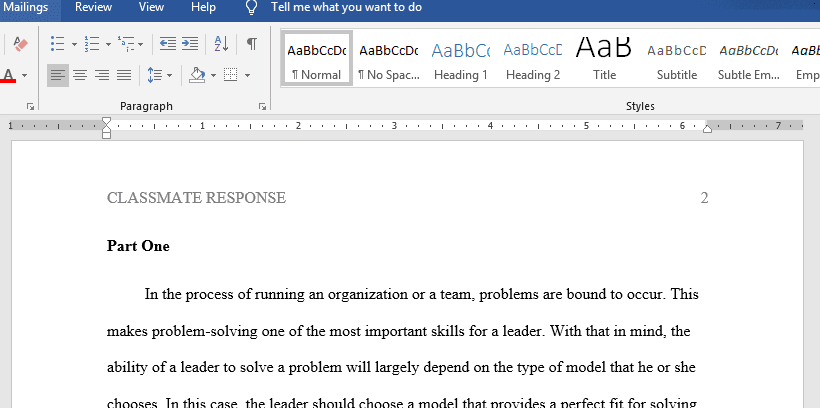Team effectiveness and decision making in organizations
The eight step decision model that we have studied in this reading is all about the training of disaster groups and how they can work together to bring positive impacts upon the community. The decision model that makes most sense for me is the optimization model and I believe it also fits the eight step model that we studied. The optimization model proposes that although there might be many great options out there but the model that works best is the one which fits all requirements of that organization. Applying this concept to the training model will imply that leaders must focus on working out a training model that chooses a method that befits all components of that organization. They may have to sacrifice some perfect decisions in order to reach for a greater benefit. It is important for the leaders to take insight of the whole picture instead of focusing on one aspect of that training program. They should access the abilities of the workers, choose a method that befits them all and should also work on improvising their methods at regular intervals so that the whole organization stays coherent. It is important to keep workers satisfied and at times, it is needed to let go of some options in order to reach higher purposes.
Reference
Guzzo, R. A., & Salas, E. (1995). Team effectiveness and decision making in organizations (Vol. 22). Pfeiffer.
2 My model that I want to to talk about is the shared decision making (patient-centered care) which the Institute of Medicine IOM defined as “care that is respectful of and responsive to individual patient preferences, needs, and values” and that ensures “that patient values guide all clinical decisions”.
Making decision requires a robust mind and use of a perfect model. The decisions made using a specific model meets the requirement and is informed in a way. When faced with crisis and complexity, it is important to make an informed decision. Failure to do so may put a person or people in more crisis rather than giving a solution. Using the shared decision-making model can be helpful in such situation. The information on the crisis is shared among various stakeholders depending on the relationship created amongst the various groups.
In this model, the stakeholders are allowed to make the contribution depending on own preferences and views in the session making process. The consideration of this kind of model works more in ensuring that the decisions made do not only reflect on a single side of an opinion which is biased (Barry and Edgman-Levitan, 2012). This model is critical given that the deliberation made are supported by all stakeholders. The implementation of the decision made using this model is much simpler. The process by which the optimal decision may be reached for a patient at a fateful health crossroads is called shared decision making and involves, at minimum, a clinician and the patient, although other members of the health care team or friends and family members may be invited to participate. In shared decision making, both parties share information: the clinician offers options and describes their risks and benefits, and the patient expresses his or her preferences and values. The decision mainly makes the decision on what matters to individuals rather than a collective decision-making. The decision using this model is based on well-versed preferences. The decision depends on the choices, the available options and the decision conversation by all members.
For instance, when the management in healthcare setup proposes to shift from the normal manual records to the use of the electronic medical health systems. In order to have a successful system, the management will have to consult the medical personnel such as nurses and the physicians. And , the time for making an informed decision including all players, should not exceeds the time where the patient may have consequences or negative impact of this decision not been made in timely manner. The patients suffering from different forms of diseases will also need to be consulted in order to make informed decisions.
………………Answer preview on Team effectiveness and decision making in organizations………………..
In the process of running an organization or a team, problems are bound to occur. This makes problem-solving one of the most important skills for a leader. With that in mind, the ability of a leader to solve a problem will largely depend on the type of model that he or she chooses. In this case, the leader should choose a model……………………….
APA
638 words


